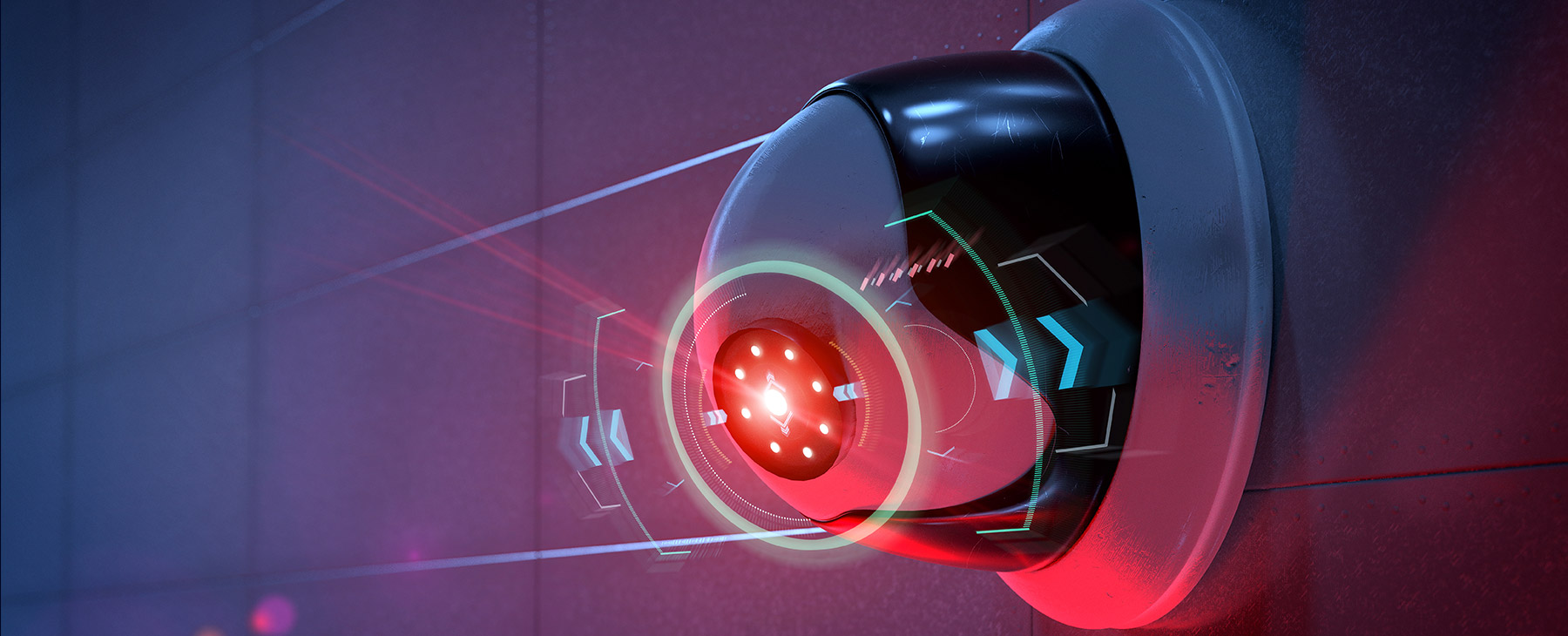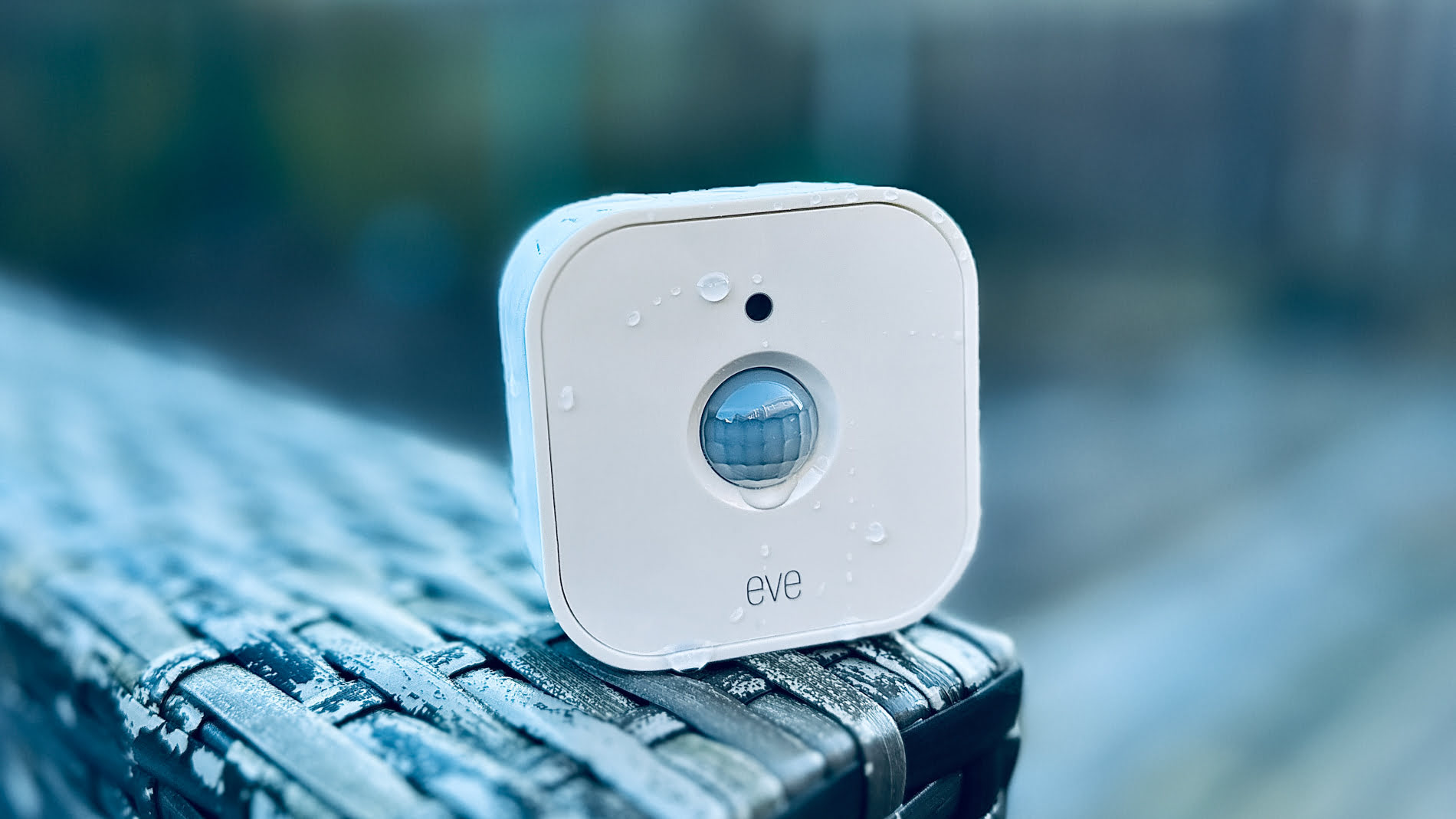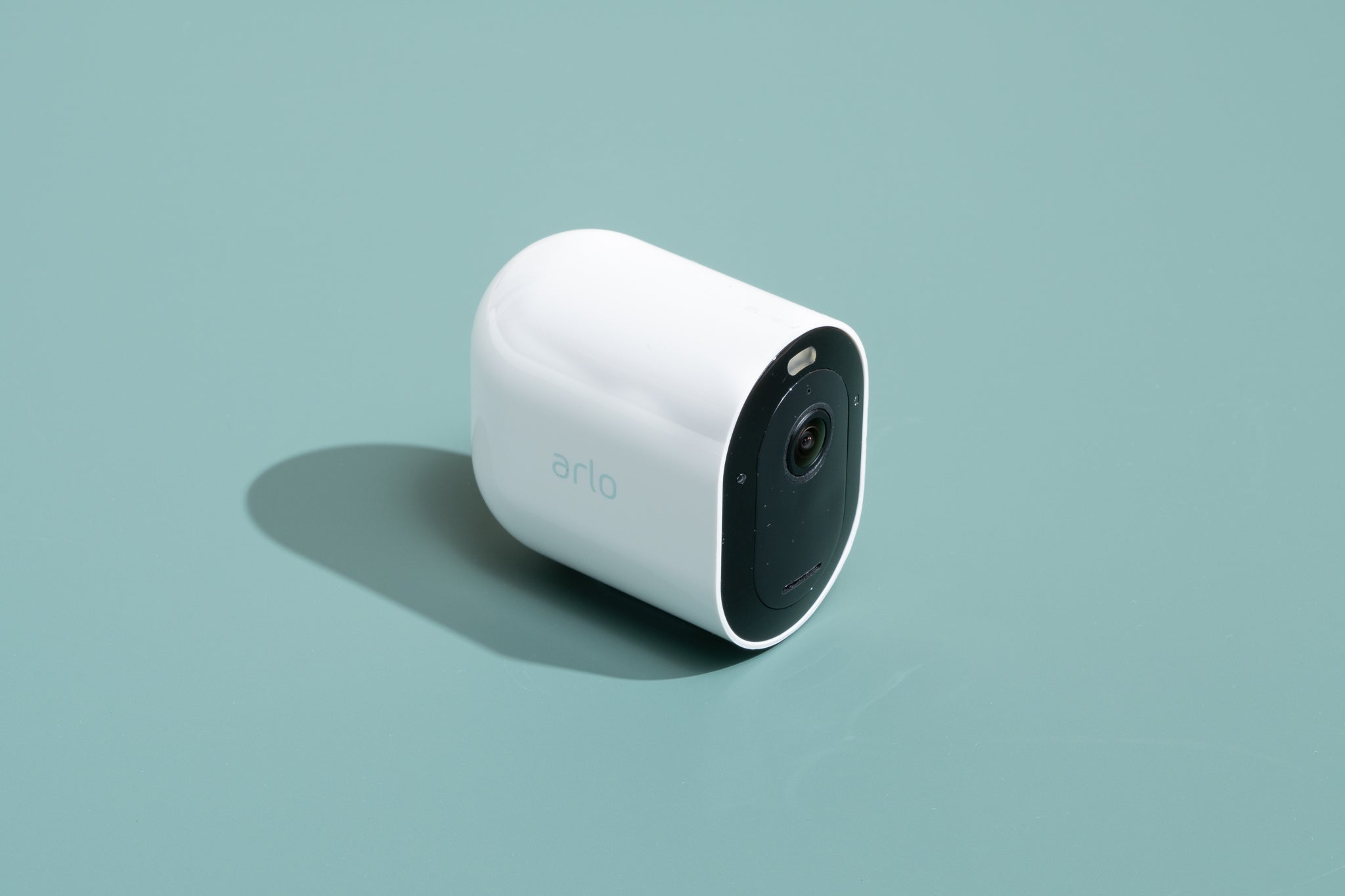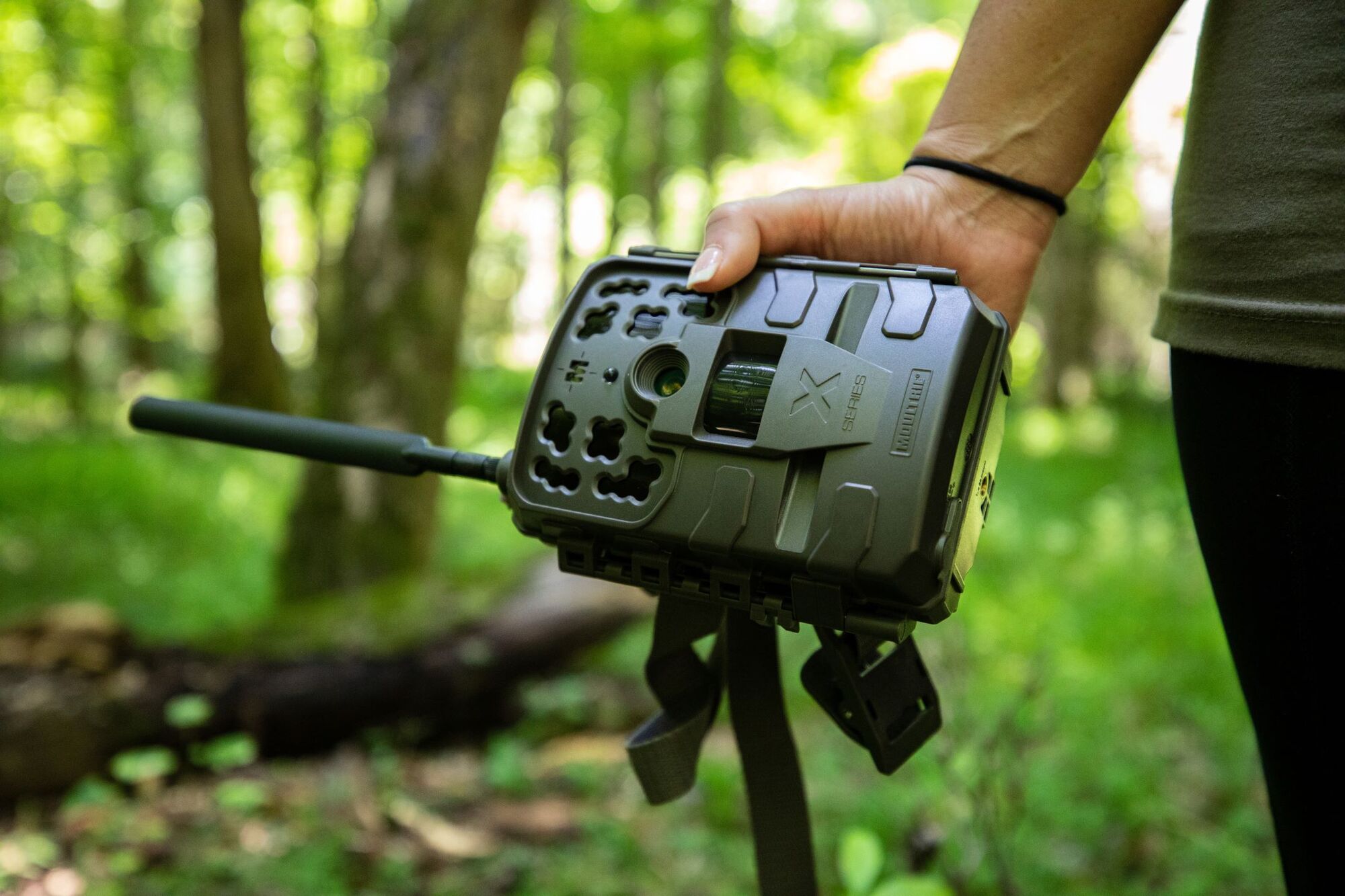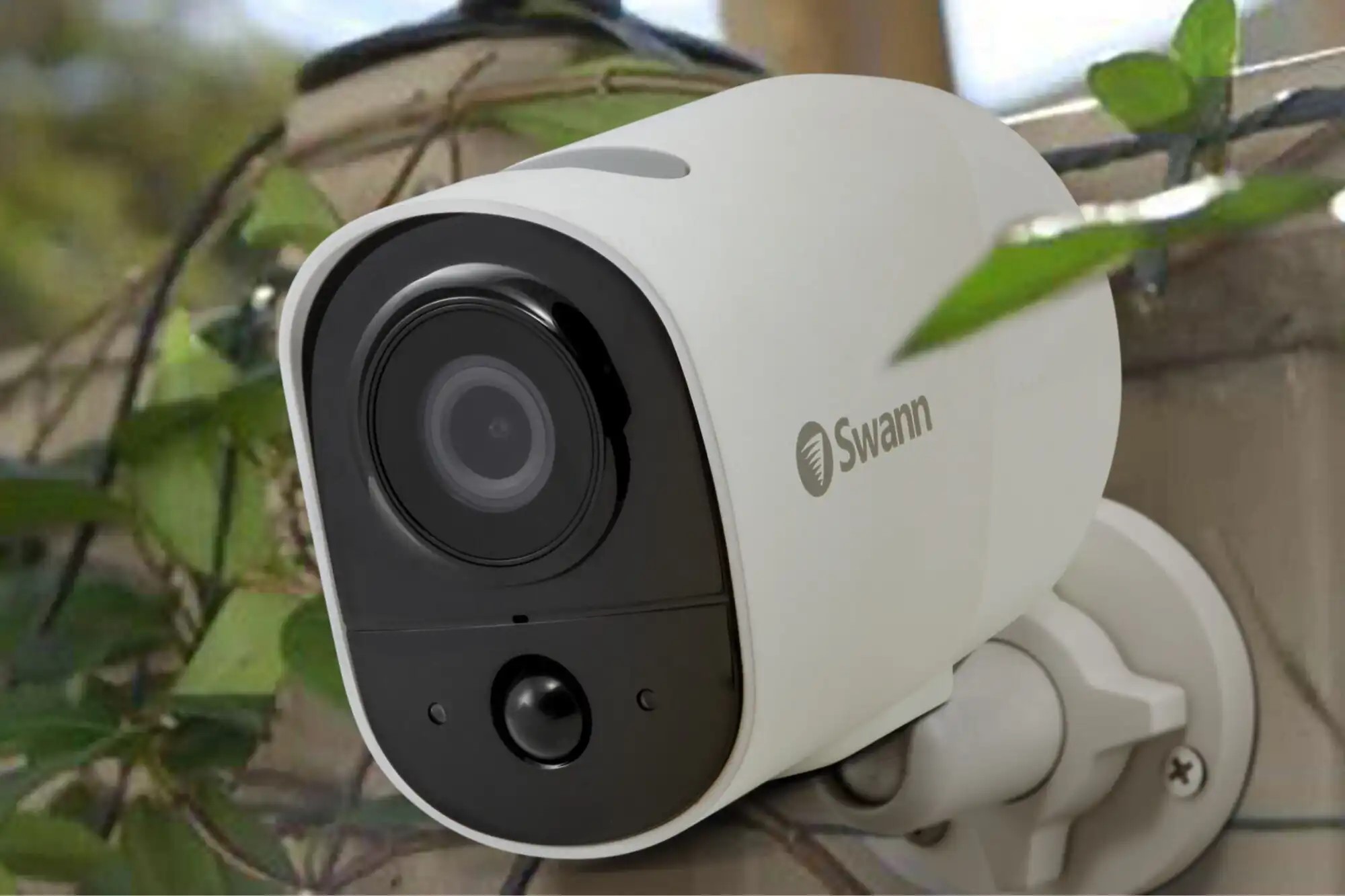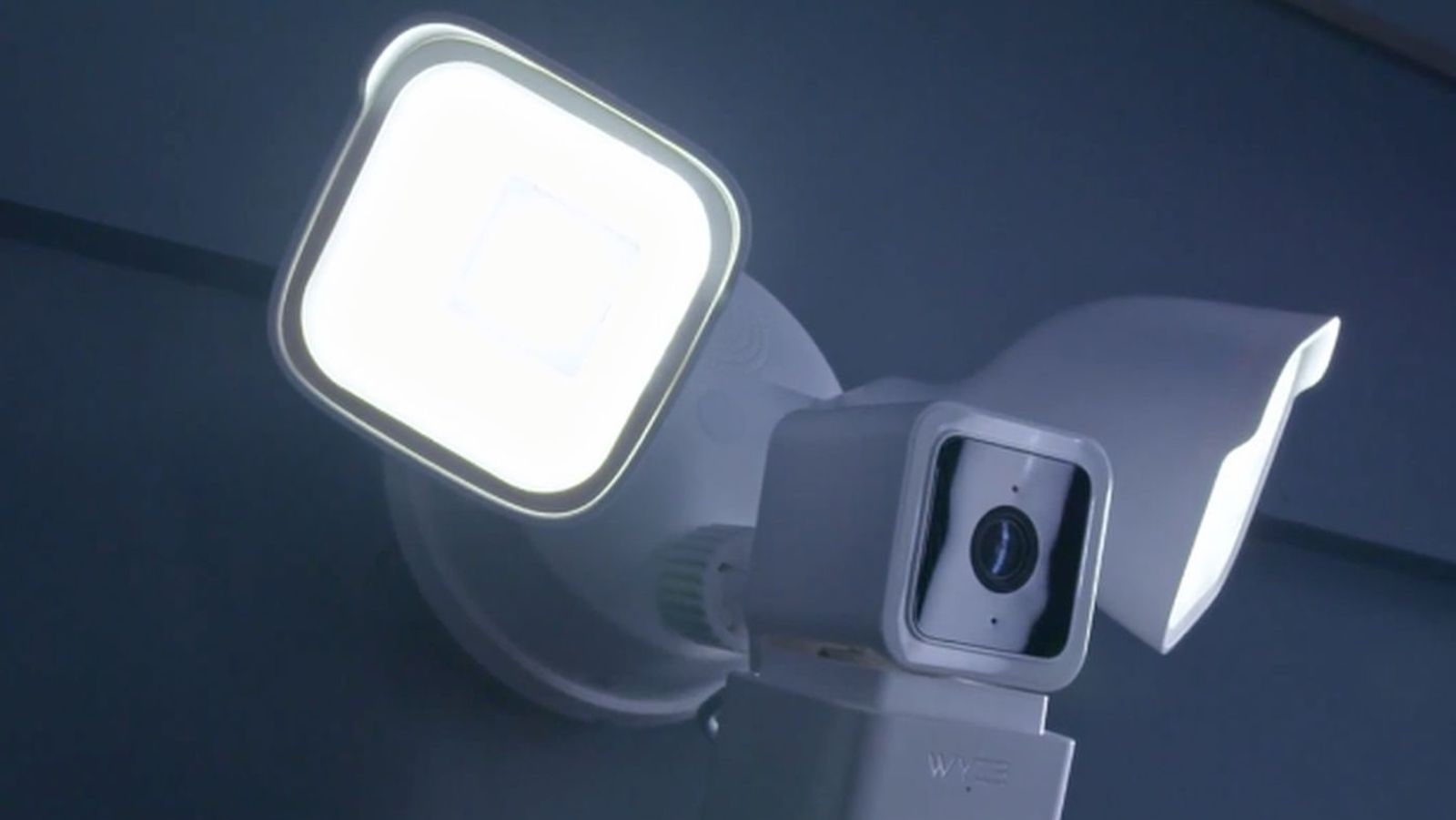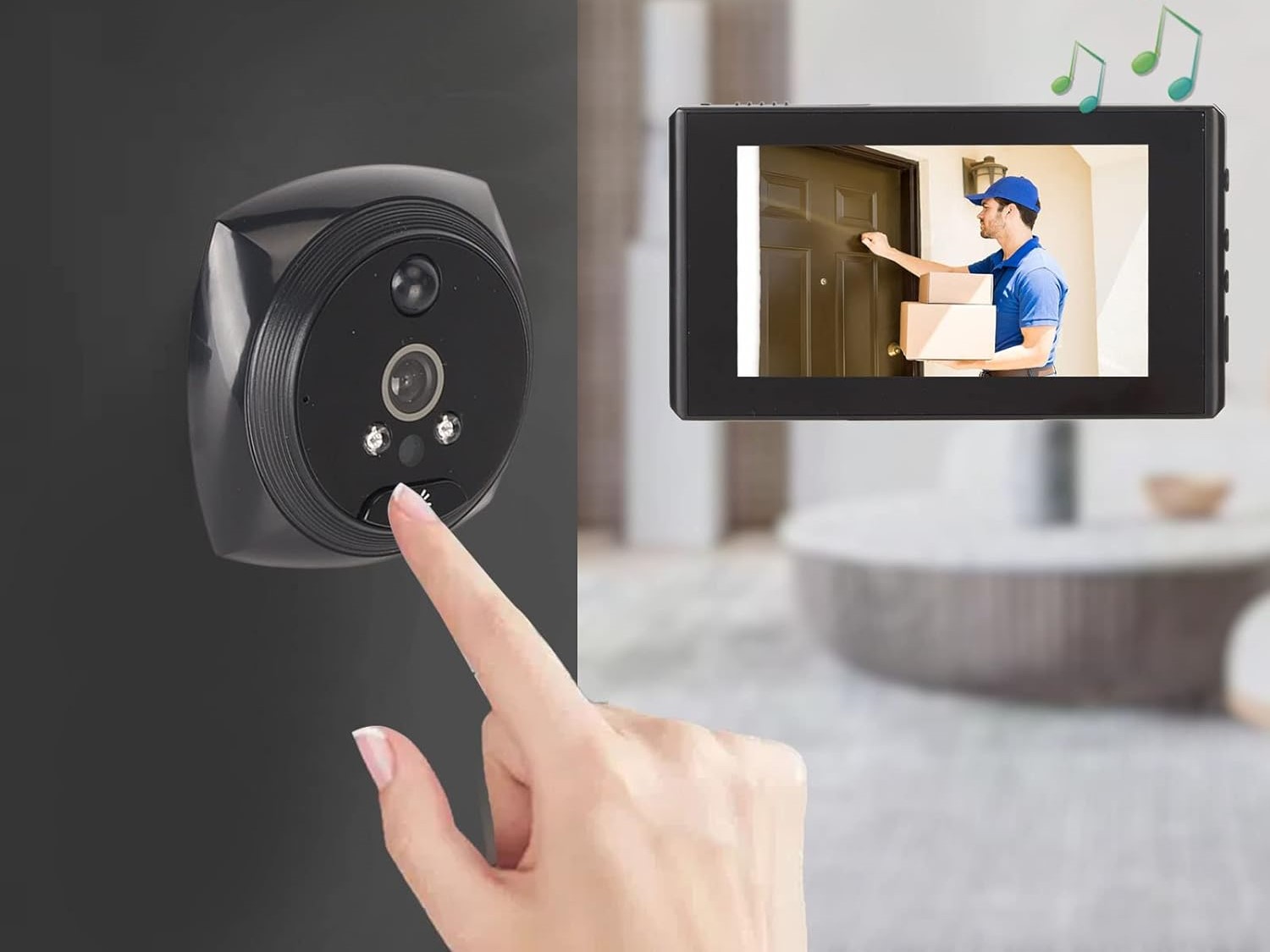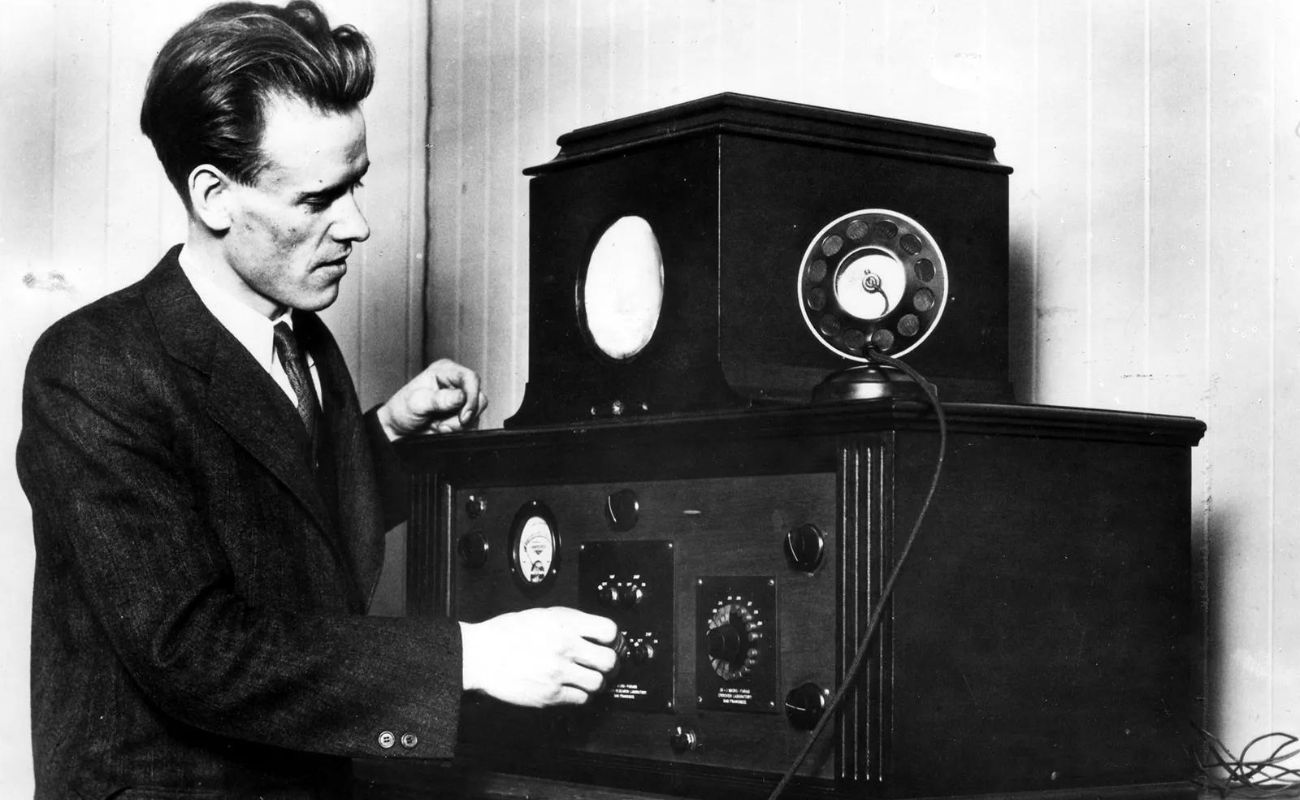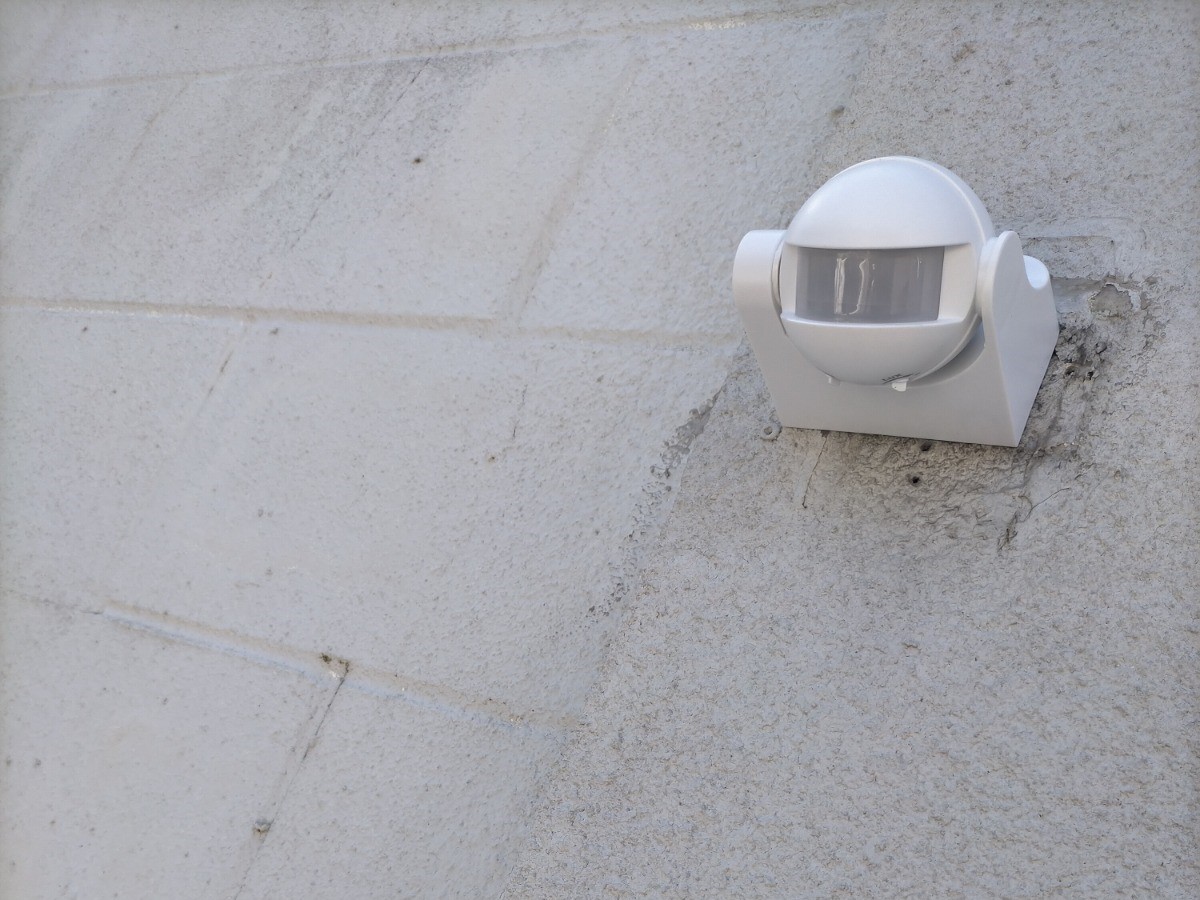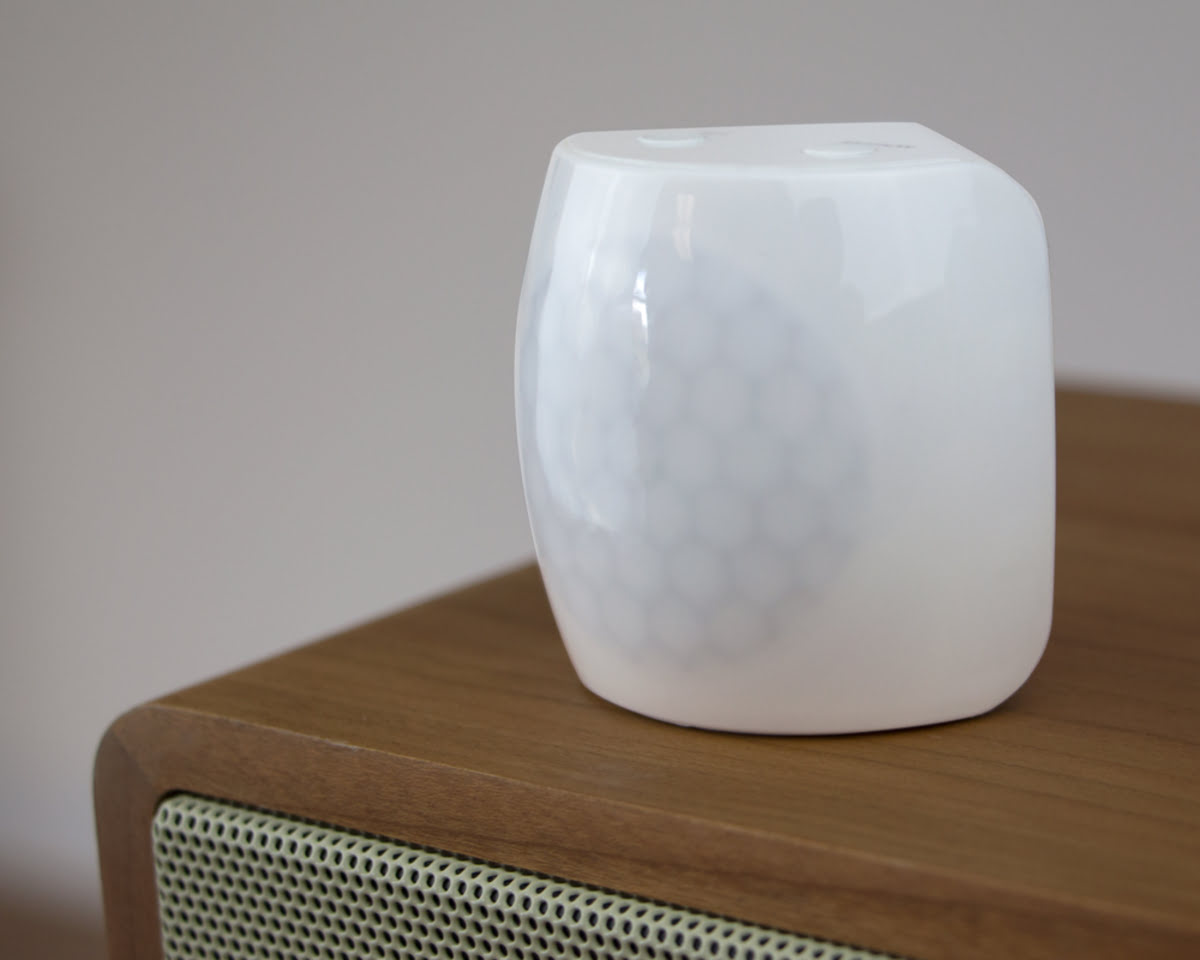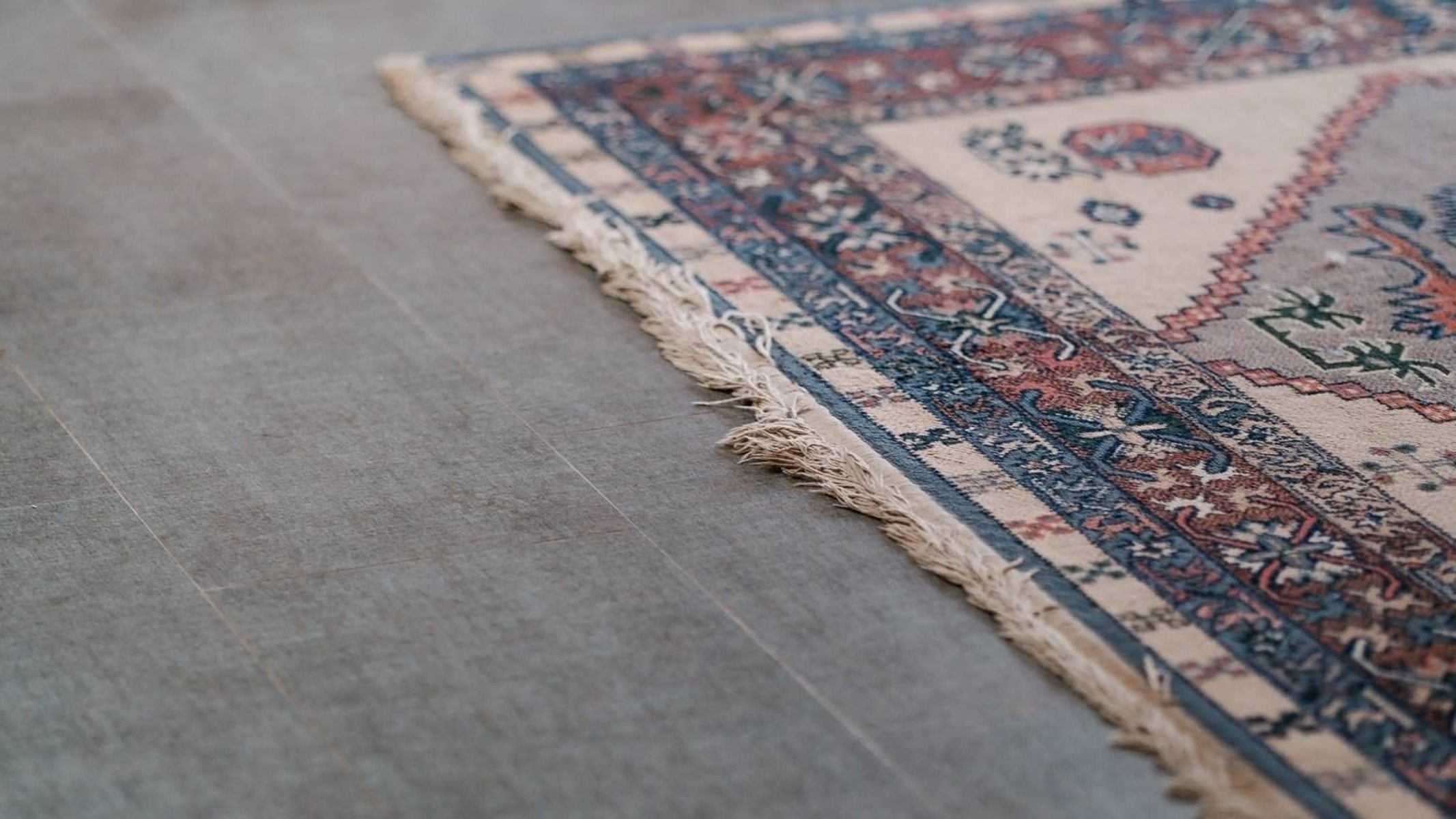Home>Home Security and Surveillance>When Were Motion Detector Cameras First Introduced?
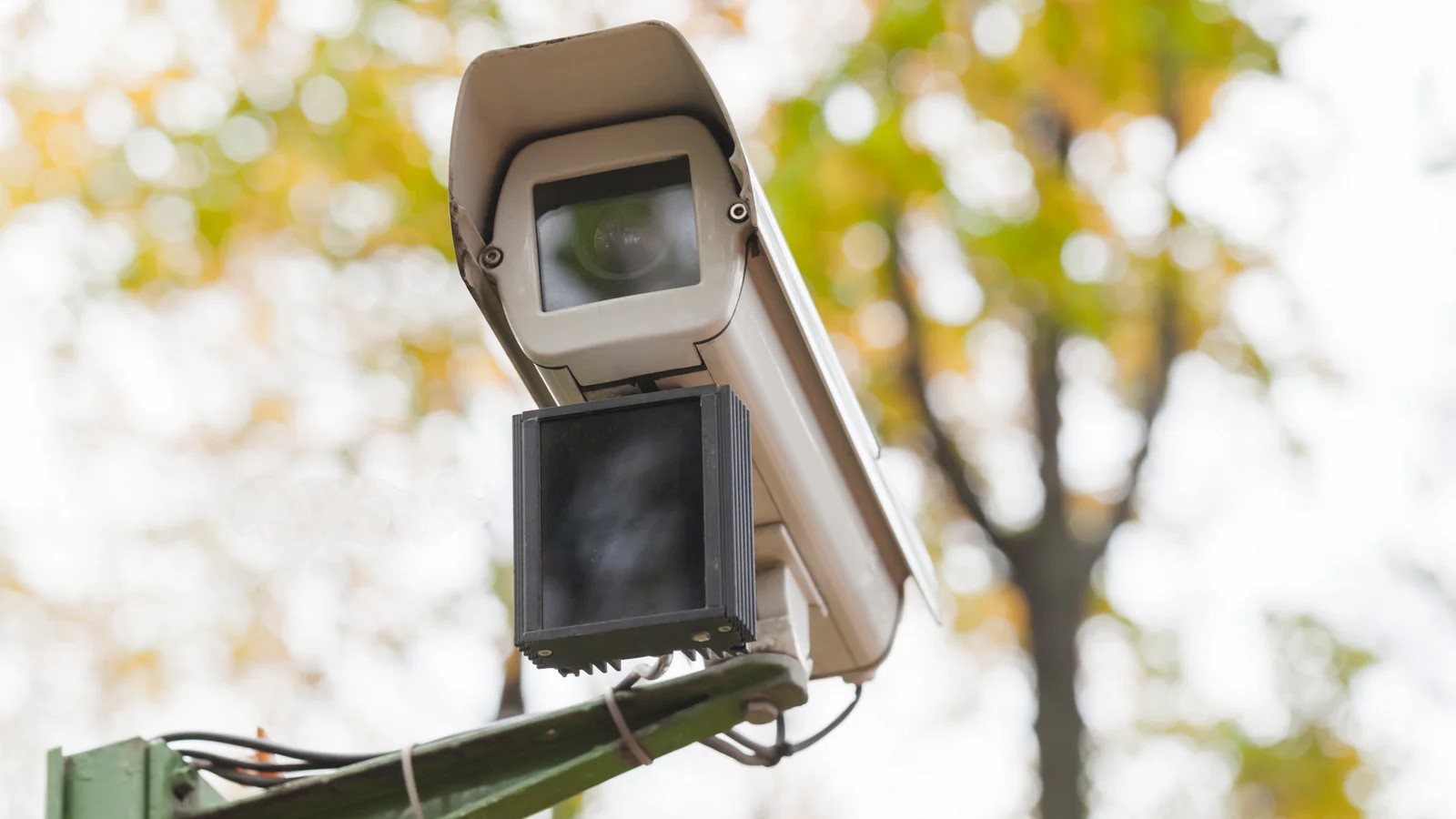

Home Security and Surveillance
When Were Motion Detector Cameras First Introduced?
Modified: March 6, 2024
Discover the history of motion detector cameras in home security and surveillance. Learn when these innovative devices were first introduced and how they revolutionized the industry.
(Many of the links in this article redirect to a specific reviewed product. Your purchase of these products through affiliate links helps to generate commission for Storables.com, at no extra cost. Learn more)
Introduction
Welcome to the world of home security and surveillance! In today’s fast-paced and unpredictable world, it’s essential to prioritize the safety and protection of our homes and loved ones. One of the key advancements in the field of home security is the introduction of motion detector cameras.
Motion detector cameras have revolutionized the way we monitor our homes, providing us with an extra layer of security and peace of mind. These innovative devices can detect movement in their surroundings and capture high-resolution images or videos automatically. Whether it’s detecting potential intruders, monitoring the activity of pets, or keeping an eye on children while you’re away, motion detector cameras have become an integral part of modern home security systems.
In this article, we will delve into the fascinating history of motion detector cameras, exploring their early development, the first models introduced, and how they have evolved over time to meet the growing demands of homeowners. We’ll also highlight their current applications and advancements in technology.
So, let’s step back in time and uncover the origins of motion detection technology and its integration with surveillance cameras!
Key Takeaways:
- Motion detector cameras have come a long way from their early mechanical systems to advanced technology, offering enhanced security, smart home integration, and even pet and child monitoring.
- With features like facial recognition, cloud storage, and power-efficient options, motion detector cameras provide reliable surveillance, convenience, and peace of mind for homeowners.
Read more: When Were Circuit Breakers First Used
Early Development of Motion Detection Technology
The concept of motion detection can be traced back to the late 19th century when inventors and scientists started exploring ways to sense and capture movement. One of the earliest developments in this field was the use of photoelectric cells, which could detect changes in light levels caused by moving objects.
In the 1920s, the first motion detectors were introduced. These early models utilized a mechanical system that relied on a series of gears and levers to activate an alarm when motion was detected. Although they were rudimentary compared to today’s technology, these devices marked the first steps towards creating motion detection systems.
However, it wasn’t until the late 20th century that significant advancements in motion detection technology began to take place. The introduction of infrared sensors in the 1970s revolutionized the field. Infrared sensors work by detecting infrared radiation emitted by warm objects in their vicinity. This breakthrough allowed for more accurate and reliable motion detection, as it was not affected by changes in lighting conditions.
Another milestone in the development of motion detection technology was the invention of passive infrared (PIR) sensors in the 1980s. PIR sensors are designed to detect the heat emitted by humans and animals, making them ideal for home security applications. These sensors can effectively differentiate between background heat and the heat signature of a moving object, minimizing false alarms.
These early developments laid the foundation for the integration of motion detection technology into surveillance systems. By combining motion detection with camera technology, researchers and engineers were able to create the first motion detector cameras, marking a significant advancement in home security and surveillance.
First Motion Detector Cameras
The first motion detector cameras emerged in the early 1990s, and they represented a breakthrough in home security technology. These cameras were equipped with built-in motion sensors that could detect any movement within their field of view and trigger the recording or capture of images.
One of the pioneering companies in developing motion detector cameras was X10, which introduced the world to the concept of motion-activated surveillance. X10’s motion detector cameras utilized infrared sensors to detect movement and would automatically start recording when triggered. These cameras were primarily used for indoor surveillance and were often connected to VCRs for recording purposes.
During this time, motion detector cameras were still in their infancy and had some limitations. The early models were relatively bulky, had limited resolution, and required a direct line of sight to the subject to accurately detect motion. However, these cameras were a significant step forward in terms of home security, as they provided homeowners with a more proactive approach to monitoring their property.
As technology continued to evolve, so did motion detector cameras. In the early 2000s, the introduction of digital video recording (DVR) systems greatly improved the functionality and efficiency of motion detector cameras. DVRs allowed for higher-resolution video recording, longer storage capacities, and easier access to recorded footage.
Furthermore, advancements in image processing technology led to the development of intelligent motion detection algorithms. These algorithms allowed motion detector cameras to differentiate between significant motion and minor environmental changes, reducing the occurrence of false alarms. This gave users a greater level of control and accuracy in their surveillance systems.
Over time, motion detector cameras became more compact, versatile, and capable of capturing high-definition footage. They were no longer limited to indoor use only, as waterproof and weather-resistant models were introduced for outdoor surveillance. These advancements made motion detector cameras more accessible and widely adopted by homeowners and businesses alike.
Today, motion detector cameras come in a wide range of options, including wireless, network-based, and even smart home integrated models. These cameras offer features such as remote viewing, mobile app connectivity, and cloud storage, providing users with unprecedented control and convenience in monitoring their homes and properties.
The evolution of motion detector cameras continues to revolutionize home security, making it easier and more effective to protect our spaces and loved ones.
Motion detector cameras were first introduced in the 1970s for security purposes. They use sensors to detect movement and then start recording or capturing images.
Evolution of Motion Detector Cameras
The evolution of motion detector cameras has been marked by continuous advancements in technology, resulting in devices that are more sophisticated, efficient, and user-friendly. Let’s explore the key milestones that have shaped the development of these cameras.
1. Improved Detection Technology: Over time, motion detector cameras have benefited from significant improvements in detection technology. From the early mechanical systems and basic infrared sensors, we now have advanced motion detectors utilizing PIR sensors, microwave sensors, and even dual-technology sensors that combine multiple detection methods for enhanced accuracy.
2. Enhanced Image Quality: The initial motion detector cameras had limited resolution, often capturing grainy or pixelated images. However, with the advent of digital technology, we now have high-definition (HD) cameras that provide crisp and detailed footage, allowing homeowners and authorities to identify individuals and incidents more effectively.
3. Integration with DVR and NVR Systems: The integration of motion detector cameras with digital video recorders (DVR) and network video recorders (NVR) has revolutionized the way we store and access surveillance footage. DVR and NVR systems offer higher storage capacities, easy search functionality, and remote viewing capabilities, enabling users to view recorded footage from anywhere at any time.
4. Expanded Coverage and Weather Resistance: Motion detector cameras have become more versatile in terms of coverage and placement options. Today, we have cameras designed specifically for outdoor use, equipped with weather-resistant features such as waterproofing and dustproofing. These cameras can withstand harsh weather conditions, providing continuous surveillance regardless of the environment.
5. Integration with Smart Home Systems: Motion detector cameras have embraced the era of smart home technology. They can now seamlessly integrate with home automation systems and voice assistants, allowing users to control and monitor their cameras through their smartphones or voice commands. This integration has simplified the surveillance process and made it more accessible for homeowners.
6. Artificial Intelligence and Advanced Analytics: The integration of artificial intelligence (AI) and advanced analytics has revolutionized motion detection and video surveillance. AI-powered cameras can now detect not only motion but also specific objects, people, or behaviors. They can send real-time alerts for suspicious activities, track individuals, and even analyze patterns over time to improve security measures.
7. Cloud Storage and Network Connectivity: Motion detector cameras now offer the convenience of cloud storage, eliminating the need for physical storage devices. This allows for seamless backups, remote access to footage, and the ability to share videos with authorities or neighbors. Moreover, connectivity options, such as Wi-Fi or Ethernet, have made camera installation and maintenance easier and more flexible.
These advancements in technology have transformed motion detector cameras from simple devices into sophisticated home security solutions. Today’s motion detector cameras provide users with reliable and efficient surveillance, offering a higher level of safety and control over their homes and properties.
Current Applications and Advancements
Motion detector cameras have evolved tremendously, and their applications and advancements continue to expand. Let’s explore some of the current uses and latest developments in this field.
1. Home Security: Motion detector cameras are widely used for home security purposes. They can be installed in various locations, both indoors and outdoors, to monitor entrances, driveways, gardens, and other areas prone to unauthorized access. These cameras can detect and capture any suspicious activity, sending immediate alerts to homeowners and potentially deterring potential intruders.
2. Pet and Child Monitoring: Motion detector cameras are also popular for monitoring pets and children. Parents can keep an eye on their little ones while they’re away or in different parts of the house, ensuring their safety and well-being. Similarly, pet owners can check on their beloved pets, preventing any potential accidents or unauthorized behavior.
3. Smart Home Integration: Motion detector cameras have seamlessly integrated into smart home systems. They can be connected to home automation platforms, enabling users to control and access their cameras through mobile apps or voice assistants. This integration allows for easy management, remote monitoring, and even automation of surveillance based on specific triggers or schedules.
4. Facial Recognition Technology: The latest advancements in motion detector cameras include the integration of facial recognition technology. Cameras equipped with facial recognition capabilities can identify individuals, provide personalized alerts, and even trigger specific actions based on pre-determined settings. This level of sophistication greatly enhances security and adds an extra layer of protection to homes and businesses.
5. Artificial Intelligence and Object Detection: Motion detector cameras now leverage artificial intelligence and advanced algorithms to distinguish between humans, animals, and other objects. This helps minimize false alarms triggered by non-threatening movement, providing more accurate notifications for potential security breaches. Additionally, these cameras can detect specific objects or behaviors, such as package delivery or loitering, enhancing their monitoring capabilities.
6. Cloud Storage and Remote Access: Motion detector cameras now offer the convenience of cloud storage for recorded footage. Users can store and access their videos remotely, eliminating the need for physical storage devices or the risk of losing crucial evidence. Cloud storage also facilitates quick sharing of footage with authorities, neighbors, or insurance companies, enhancing the effectiveness of security measures.
7. Power Efficiency and Battery-Operated Options: Motion detector cameras have become more power-efficient, extending their battery life and reducing dependence on constant power supply. Battery-operated cameras provide flexibility in installation, allowing homeowners to monitor areas without access to electrical outlets. This advancement has expanded the range of locations where these cameras can be deployed.
The continuous innovations in motion detector camera technology have made them more accessible, versatile, and reliable than ever before. They have become an essential component of modern home security systems, providing users with enhanced surveillance, convenience, and peace of mind.
Read more: When Was The Motion Detector Invented?
Conclusion
The development of motion detector cameras has revolutionized the field of home security and surveillance. From their humble beginnings as mechanical systems to the integration of advanced detection technology and intelligent algorithms, these cameras have come a long way.
Motion detector cameras offer a wide range of applications, from securing homes and monitoring pets to integrating seamlessly into smart home systems. They provide homeowners with peace of mind, allowing them to keep a watchful eye on their property even when they are away.
With the advent of facial recognition technology, artificial intelligence, and cloud storage, motion detector cameras have become even more powerful and efficient. Homeowners can now enjoy features such as personalized alerts, accurate object detection, and remote access to recorded footage.
The evolution of motion detector cameras continues to drive advancements in the home security industry. As technology progresses, we can expect further improvements in image quality, detection capabilities, and integration with smart home systems.
It’s important to note that while motion detector cameras are effective tools for enhancing security, they should be used responsibly and ethically. Privacy concerns should always be taken into consideration, and it’s crucial to comply with local laws and regulations when installing and using these devices.
In conclusion, motion detector cameras have become indispensable tools for maintaining the safety and security of our homes. With their ongoing advancements and wide range of applications, they have transformed the way we approach home security and surveillance, empowering homeowners with greater control and peace of mind.
Frequently Asked Questions about When Were Motion Detector Cameras First Introduced?
Was this page helpful?
At Storables.com, we guarantee accurate and reliable information. Our content, validated by Expert Board Contributors, is crafted following stringent Editorial Policies. We're committed to providing you with well-researched, expert-backed insights for all your informational needs.
